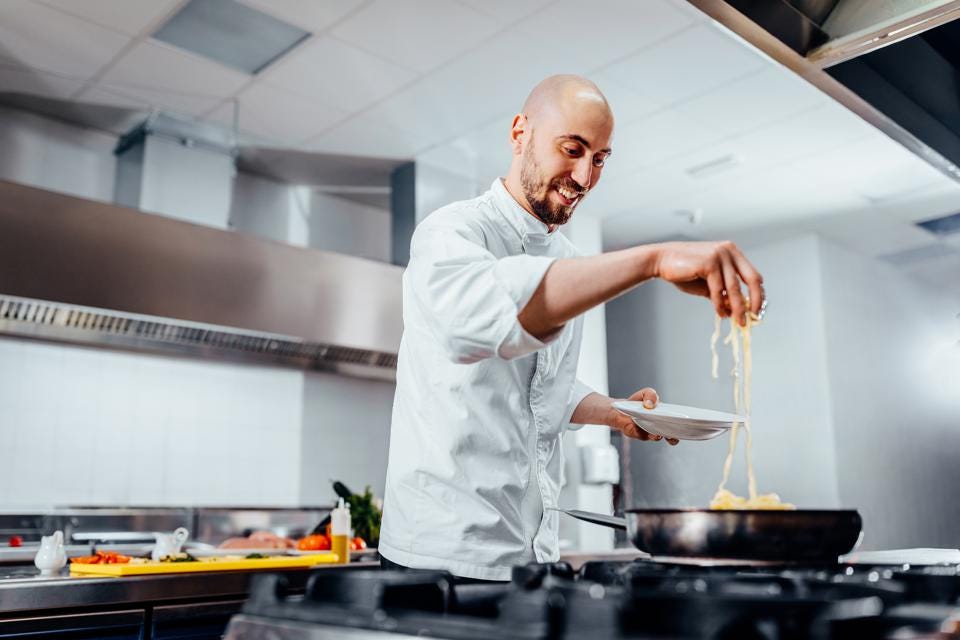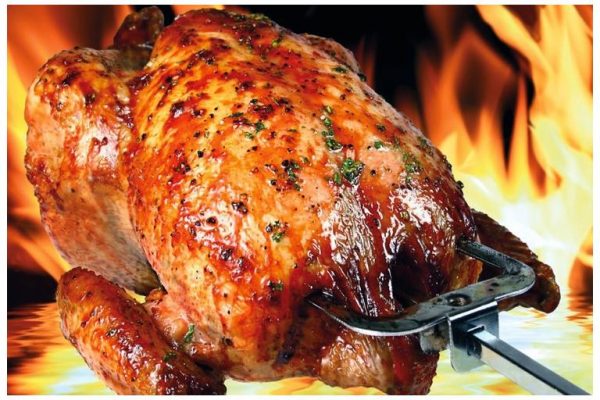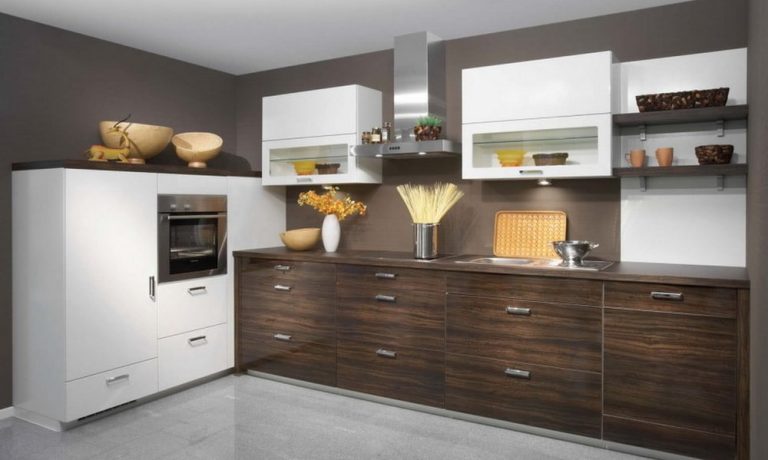Development throughout the restaurant industry accelerated along with the fast digital revolution. This dine-in space, among the most important elements of any establishment, has been eliminated mostly by the digital kitchen idea, revolutionizing the culinary and refreshment industry. Essentially, any simulated kitchen seems to be a corporate delivery only kitchens designed for online food. Including no requirement for a casual dining area, you might well have any restaurants available for takeaway customers, which requires less public investment, an affordable mortgage, and fewer labor costs.
Viewers could see how the bulk of the consulting businesses are gravitating toward this approach after spending the last five months building their own exclusive food company and subsequently seeing it bought.
Requirements
The sole requirements for the electronic kitchen staff are to reduce production efficiency and guarantee excellent nutrition. It would not be necessary to divide attention to address its front environment. Teaching, serving, ambiance, and other such hassles associated with running typical dining are not necessary.
Finding competent and reliable virtual kitchen employees is the main challenge faced by bar owners. This seems to be frequently what pushes restaurant owners to the brink of exhaustion. Running a simulated kitchen has the disadvantage that almost all items must pass the 30-minute takeaway box assessment. It thus actually tests how well the gourmet uses and comprehends the components.
Profit margins
Restaurants are generally infamous for having poor profit margins. Their success runs around 5 to 10 percent, according to information gleaned from a multitude of International Association papers but also polls. Due to the main supply of products and foodstuffs, which often make up upwards of 65% of sales, the business typically has poor sales and profits.
Here is no obligation to enter the establishment when ordering takeout to online third-party applications including Food Delivery. This same development of this made it possible for new industries to flourish, including virtual restaurants, often referred to those as phantom restaurants, shadow kitchens, and darkened cafeterias.
Establishment
The leasing cost of operation benefits running a simulated kitchen as opposed to a traditional establishment. Simulated kitchens demand far less working area than physical restaurants do, often even more as 50% smaller. In almost the identical vein, since dine-in dining is just not always important depending upon the nature of modern virtual restaurants, fewer front-of-house workers are required. The facility’s general maintenance costs decrease when no customers use it. Nevertheless, this expense is frequently offset by the fee that fourth transportation applications charge, which ranges from 20% and 40% of income. Beyond the obvious cost reductions, simulated restaurants have the potential to be even more productive than traditional eateries.









